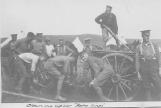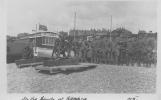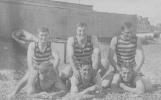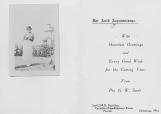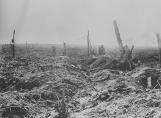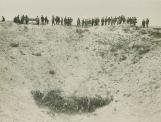42
One of the camp fatiques or chores was cleaning out the horse lines.1915
Ceasar's Camp, Shorncliffe, England, UK

44
2 Troop of 'C' Squadron, 2nd CMRs work through the never ending bayonet drill.1915
Ceasar's Camp, Shorncliffe, England, UK

51
The regiment was engaged continuously in the major battles of the Western Front until the Armistice November 11, 1918, principally with the 8th Brigade within the 3rd Division of the Canadian Corps.During the last two years of the war, the regiment was under the command of Lt. Col. G.C. "Whizzbang" Johnston of Vernon. A "Whizzbang" was a type of German low-trajectory shell that made a whizz in flight and a bang on impact. Its bark was worse than its bite. He received the nickname from the weapon. His edited diary entitled "The 2nd Canadian Mounted Rifles (BC Horse) in France and Flanders" was published in 1932. It provides a graphic account of the many engagements in which the regiment took part, along with lists of casualties.

